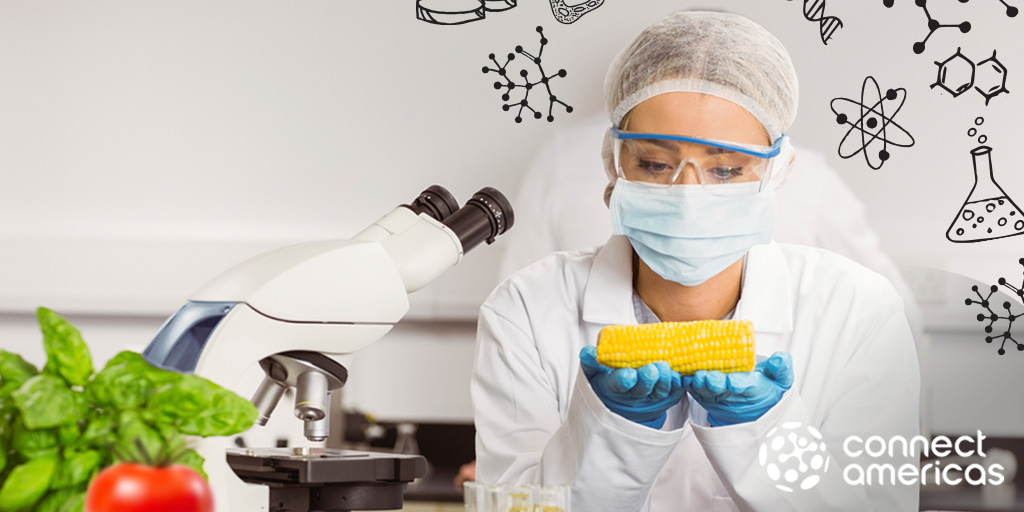Nanotechnology has many applications, from odorless textiles and extending shelf life of food products to therapeutic methods against cancer. According to the website NanOpinion, launched by the European Union’s Program for Research and Development, nanotechnology can be defined as “engineering at a very small scale.” A nonometer is one billionth of a meter, or, like comparing the size of an apple to that of planet Earth. Nanotechnology has several applications in different areas including food, agriculture, medicine, information technologies, communications, energy and the environment.
Nanotechnology in food will allow us to enjoy healthier products, resistant to disease and with a longer shelf life
Today nanotechnology is used in the food sector for enhancing food flavor and extending shelf life. El Agro magazine describes how nanotechnology is being used to produce sliced bread with omega-3 from fish, to improve the texture of dairy products such as cheese, and to control the smell of food. It is also being used in processed food to reduce the amount of fat and salt required for production.
Since this technology is relatively new and there is little information available about its side effects, it is viewed with skepticism by part of the population, governments and NGOs. Nanofood detractors argue that it is necessary to conduct more studies in order to confirm the safety of products derived from nanotechnology before they are mass-marketed. In fact, ConsumeR magazine magazine reports that in 2008 the European Commission started studying the possibility of regulating all nanotechnology applications in food for human consumption.
A BBC article reveals that the strong players of the food industry affirm that they have conducted their own studies and research on the effects and safety of nanoparticles. According to the publication, the Science and Technology Committee of the Chamber of Lords in Great Britain expressed that the lack of dissemination on the results to the general public generates a problem with the reliability and transparency of the food chain.



Follow Us